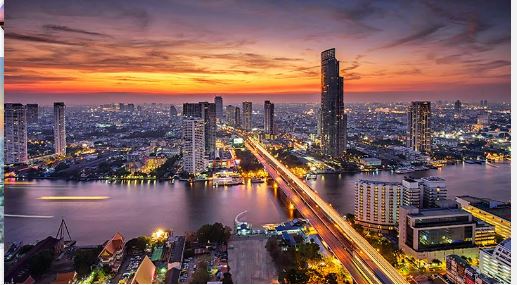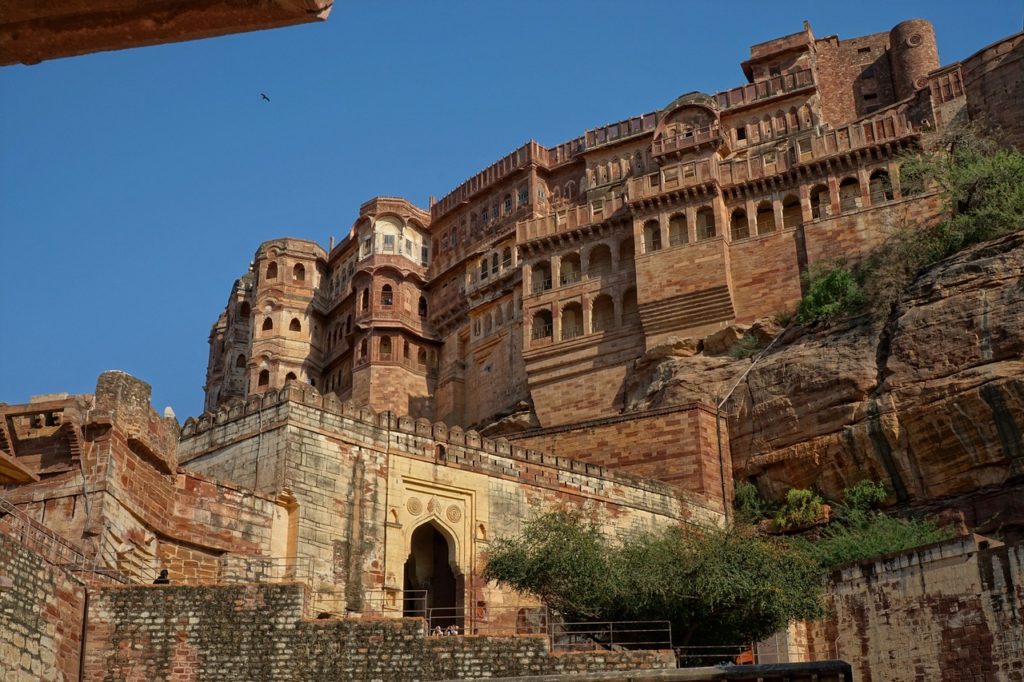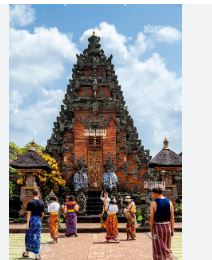One thing that pulls maximum crowd of tourist into Goa from across India and worldwide is the Carnival festival,that is held in the month of February every year. Carnival in Goa, also called “Carnaval”, “Intruz”, “Entrado”, or “Viva Carnival” refers to the festival of carnival, or Mardi Gras, in the Indian State of Goa.
Discover exclusive last-minute deals tailored for spontaneous adventurers like you. From tranquil beach getaways to thrilling city escapes and cultural immersions, these offers are your ticket to unforgettable moments. Stop waiting for the perfect moment – make it perfect now! Pack your bags, and let’s embark on a spontaneous journey to create memories that will last a lifetime.
Your next adventure is just a click away!
The GoaCarnival commemorates the 450-year-old presence of the Portuguese in Goa. It is a festival organised before Lent, which is meant for fasting and penance among the Catholics, 40 days ahead of Easter celebrations. Goa Carnival is celebrated in Panaji, Vasco, Mapusa and Margao.

Goa Carnival festival is all about dancing on the streets, vehicles festooned with flowers and feathers, people’s faces covered with masks, and the crowing of King Momo. According to local tradition, during Carnival Goa is taken over by King Momo, usually a local resident who presides over the festival during the 4-day span. King Momo traditionally proclaims the Konkani message “Kha, piye aani majja kar” (English: “Eat, drink and make merry”). Carnival typically involves public celebrations, including events such as parades, public street parties and other entertainments, combining some elements of a circus.


Elaborate costumes and masks allow people to set aside their everyday individuality and experience a heightened sense of social unity. The festivities during Goa Carnival include dancing troupes, revelers wearing masks and costumes, live music, sports competitions, floats & parades, and food and drinking. While the roots of the Carnival in Goa date back to the introduction of Roman Catholic traditions during the Portuguese conquest of Goa, the festival itself fell into obscurity during the later days of colonialism, as Portugal’s authoritarian regime known and is celebrated on the same day as Portugal Estado Novo limited freedom of assembly and press.


After the end of Portuguese rule, the festival was resurrected by Timoteo Fernandes in 1965, a Goan musician who modeled it after the famed Rio Carnival.[2] Today, the urban parade includes floats from local villages, commercial entities, and cultural groups. It is still organised in a very traditional manner, including by the staging of streetside local plays, in the coastal taluka of Salcete. According to the Government of Goa’s Department of Tourism, the carnival is “Goa’s most famous festival and has been celebrated since the 18th centur


.In the carnival, visitors look forward to mouth-watering food, fun activities, and endless sessions of live music. Each of the 4 cities hosts a parade on every separate night, Goan streets light up with marching bands, group dances and people dressed in colourful costumes. if tourist are interested in watching the carnival parade in each city then they need to plan their holidays inj a manner that doesn’t let them miss out on the fun.





